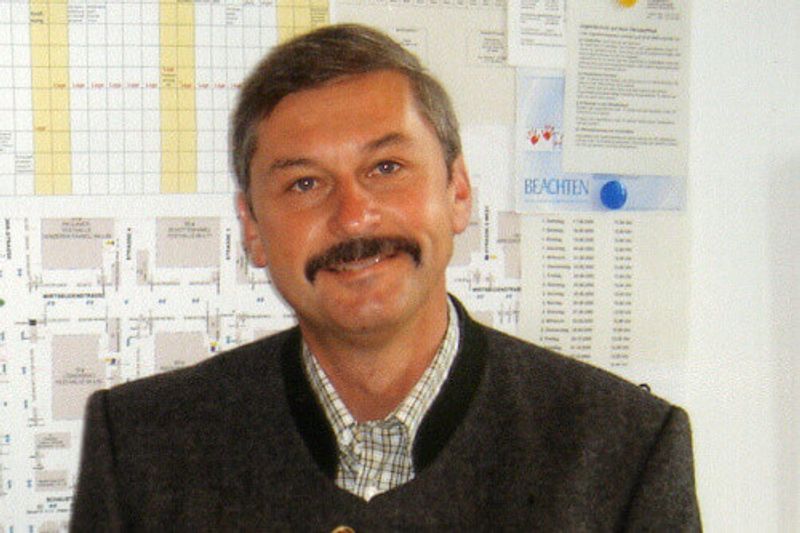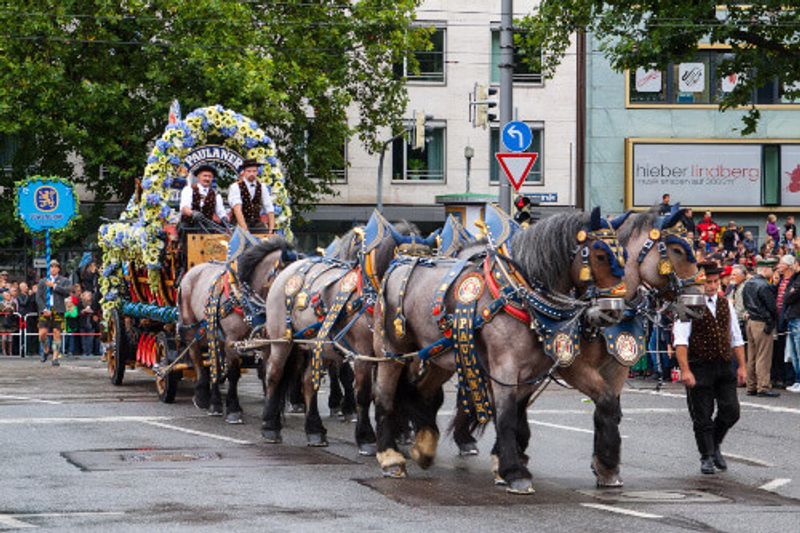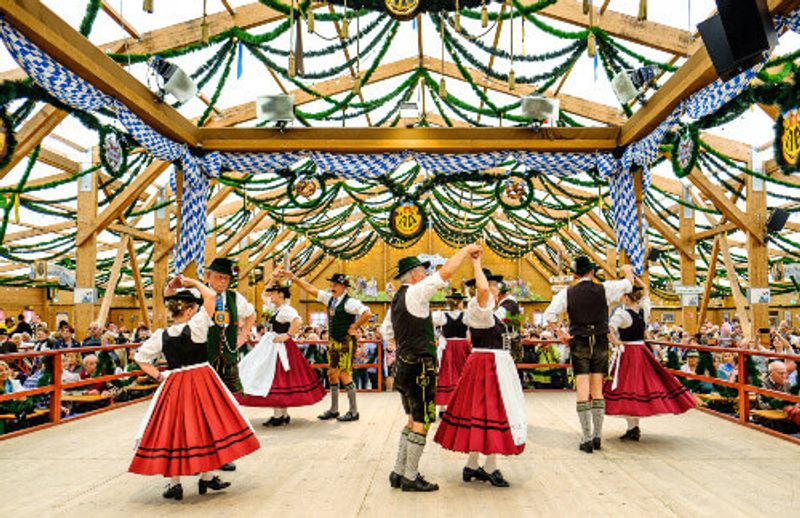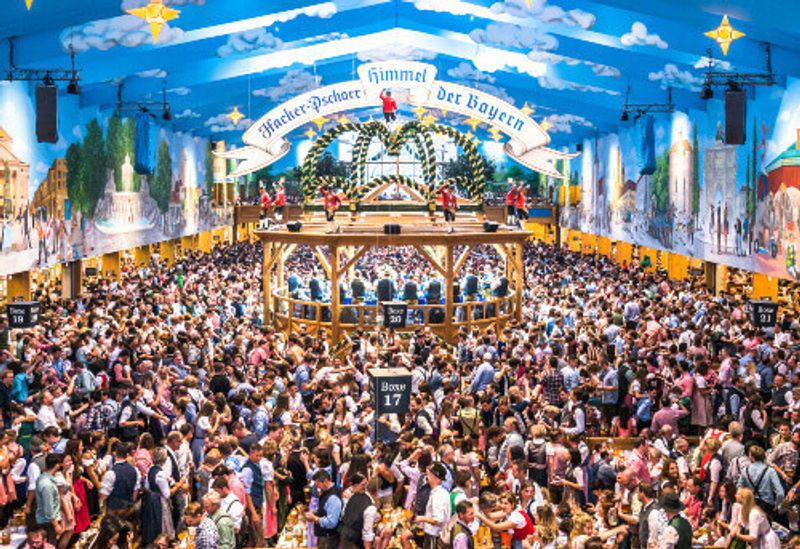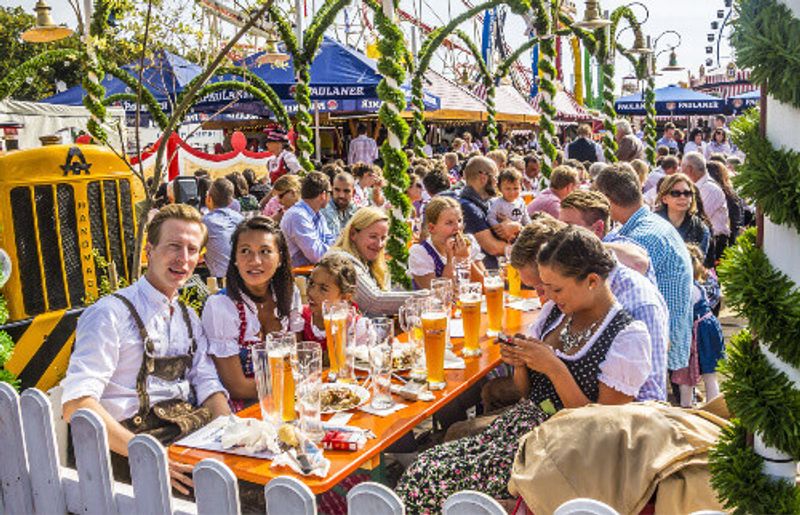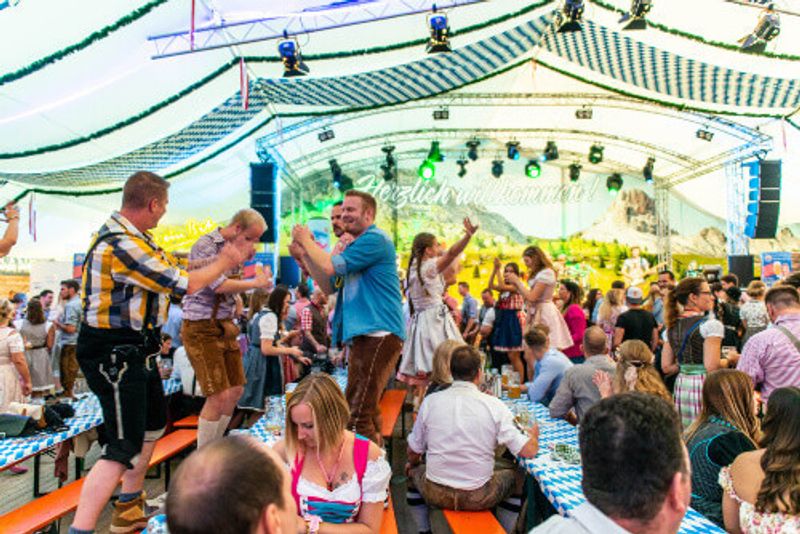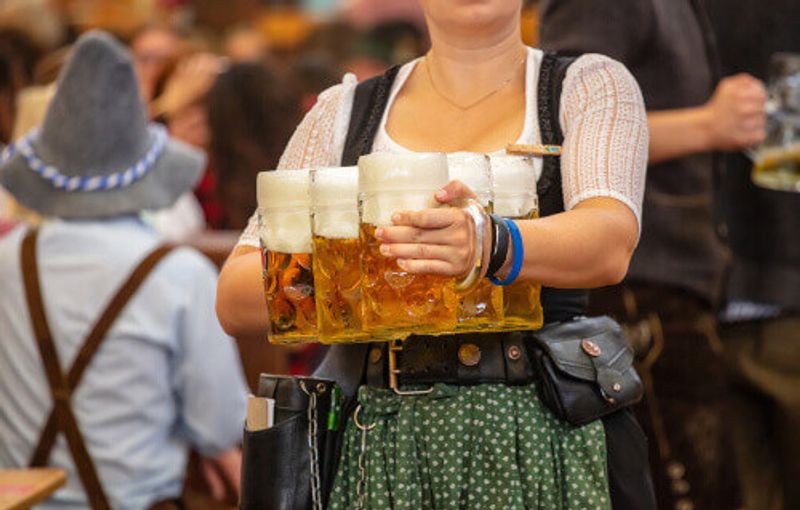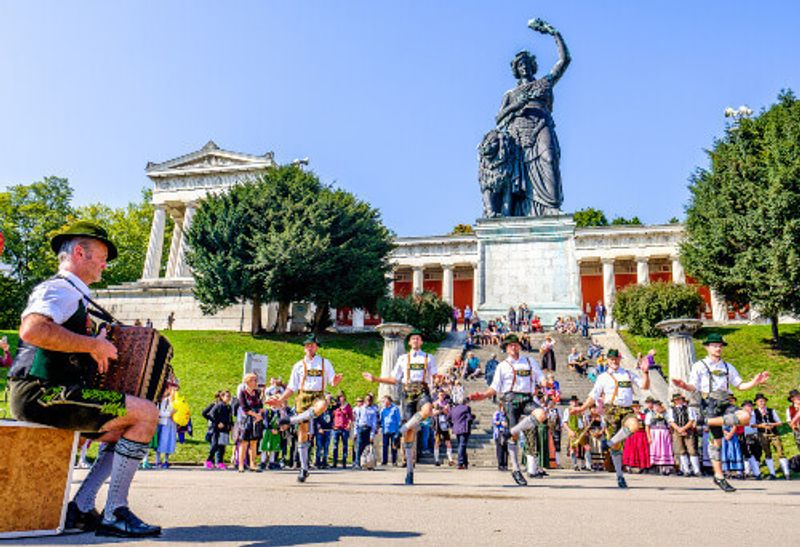The organiser of the biggest party in the world gives us a rundown of the history and traditions of Oktoberfest
Germany’s Oktoberfest is arguably the biggest party in the world. There are few other places on earth where millions of people come together with the sole intention of getting rip-roaringly drunk.
Hans Spindler has been working at Oktoberfest for 30 years as the head of the events division under the Department of Labour and Economic Development for the City of Munich. He is in charge of organising all of the major festivals in Munich including the traditional Auer Dulten Market, the Munich Christmas Market, and of course, Oktoberfest.
Here, Spindler tells us all we need to know about the world's favourite shindig.
The roots of the folk festival go back to the wedding of Crown Prince Ludwig—later King Ludwig I of Bavaria—and Princess Therese of Saxe-Hildburghausen, on October 12, 1810.
“The official wedding celebrations lasted five days and were referred to even then, as a Volksfest or ‘Folk festival,’ says Spindler. “The celebrations continued on until October 17 with a horse race on a piece of meadow land outside the gates of Munich, that was named Theresienwiese or Theresa’s Meadow.” And to this day, the name has stuck. “It is the name given to the festival grounds and affectionately abbreviated simply to ‘the Wiesen’ by local residents.”
The horse race was a huge success with locals so the following year on the anniversary, a party with horse racing, performances as well as lots of eating and drinking was held, and the tradition was started—Oktoberfest or the October festivities—was to become an annual tradition that has survived for 210 years.
The Oktoberfest hasn’t always had a continuous run though. Napoleonic wars, cholera outbreaks, and world wars have all caused a halt to proceedings over the centuries but today, it lives on, albeit mostly over the month of September rather than October, after it was brought forward at the start of the 20th century.
“People come to the grounds in October and are very surprised that the Oktoberfest is over already,” says Spindler. “The festival used to take place only in October but because of the weather, the city council decided in 1904 that the festival should be allowed to start in September. Only the last Sunday of the Oktoberfest has to take place in October.”
Nowadays, the event starts in the middle of September and runs for around 17 days. “This year, the fun will break out on 21st of September under the watchful gaze of the Bavaria statue for the 183rd time,” says Spindler.
Oktoberfest is made up of many tents pitched on a huge field. Each tent has a ‘landlord’ or sponsors who may be a beer company or private company and they are responsible for arranging entertainment. Many people reserve a table to ensure they get a prime spot but a quarter of all tents have spaces for people without reservations for those keen to wander between many of the different tents that all have a different offering.
Over the last 20 years, young people have rediscovered the Bavarian traditional costumes of the dirndl dress and leather lederhosen, which previously had only been the sartorial purview of the older country folk, says Spindler. Today, he says, everyone from young to old enjoy the opportunity to dress up in the beautiful traditional Bavarian garb.
Look out for a few secret messages that are hidden in the costumes. Women who tie the bow of their dirndl to the right are already spoken for, if it’s tied to the left then they are single. Traditionally a bow tied at the back implies that the woman is widowed and young girls would have their bow tied in front. Today however, it is increasingly common to see a girl with a centrally tied bow who is stating that it’s none of your business whether she’s taken or not.
For men trying to stay ‘on trend’ the traditional Loferls—woollen calf warmers—are back en vogue, but only when worn with traditional Bavarian shoes. But you don’t have to dress up in lederhosen or dirndl, says Spindler, “you can dress in whatever you want but many foreign people want to blend in with the Munich people who celebrate the festival so it’s not uncommon to see foreigners dressed up in dirndl and lederhosen, too.”
Although Spindler says that sometimes people mix up Oktoberfest with Carnival and come dressed as Batman or in fancy dress. While fancy dress might cause a few laughs, a traditional dress will be much better received.
But is it actually the world’s biggest party?
“In 2018 there were over 6.3 million people that came to Oktoberfest, and during that time, they drank over 7.9 million litres of beer,” says Spindler. Staff carry up to a dozen steins of lager at a time to keep the thirsty crowds satiated. “Most professional waitresses can hold so many beers from all the practise she gets throughout the year. But if she is a student or part-time worker then she (or he) has to learn the special technique of how to carry multiple steins from her colleagues,” says Spindler. Staff need to be strong and fit to be spend all day running around with so many heavy glasses of beer.
The staff serve guests who congregate around the long communal tables where much cheering, dancing and merriment occurs. And the huge beers are usually soaked up with Germany’s favourite food—meat. However, surprisingly it’s not sausages or haxe that are the most popular meaty treat here, it's roast chicken. In 2018, 436,492 chickens were sold.
There are funfair rides and other entertainment but it is the big brass bands performing German classics alongside pop songs that get the crowds really dancing on the tables.
“Ein Prosit der Gemütlichkeit is an old fashioned song that the bands play often,” says Spindler. “You can also hear songs like Country Road, Sweet home Alabama, New York, New York and many other German hits,” he says. Robbie Williams’ Angels has also for some reason become an Oktoberfest anthem – and the song that normally finishes of the night – as people stagger home after another year of beer and cheer.
In 2024, Oktoberfest will take place on September 21—October 6.
